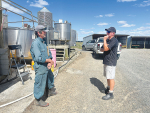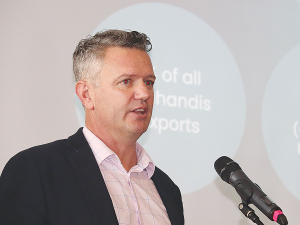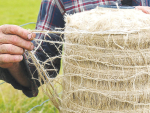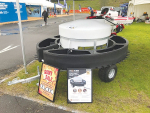Let’s not forget that DCDs have been around for four or five years and nothing had come to light until recently. It seems science and the much improved testing regimes have caught up with them.
Irrespective of whether the amount of DCD found in milk powder was massive or minute – as it was finally found to be – surely the alarm bells should have been ringing. Any hint of contamination in milk anywhere in the world was going to make headlines in the media. Sanlu is by no means dead, buried and cremated, and the public perception of DCDs was surely going to come to the fore.
To give Fonterra credit, the response was prompt when the first test results came through; the co-op was right to do further tests to confirm this and it was fair that they didn’t say anything until the testing was done. Of course they were right to tell MPI.
But from this point onwards they and MPI, presumably on the advice of PR gurus, started to play secret squirrel and not tell the other dairy companies. This was wrong and could have could have put New Zealand’s food safety reputation at risk.
The fact that the Dairy Companies Association of New Zealand (DCANZ) was not advised until very late in the piece was poor judgment. Keeping it out of the public arena was perhaps ok, but MPI should have taken control and, irrespective of Fonterra’s wishes, told DCANZ and got the other companies to test their products as well.
The perception is that MPI was being controlled by Fonterra, not the other way around. Frankly Fonterra, through DCANZ, should have fronted up themselves and told the truth right at the start.
Fonterra might be a dairy giant, but this does not give it the right to act unilaterally and put its interests ahead of the country. MPI also needs to look hard at how it handled this situation.
On the face of it the independent dairy companies can rightly feel aggrieved; perhaps this points to the need for an independent chairperson at DCANZ with no ties to any company.








